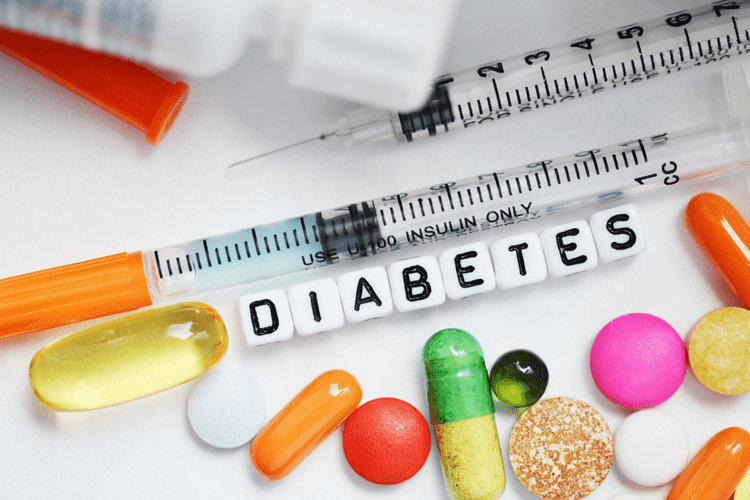Addressing these underlying conditions is essential for improving life expectancy. Seeking professional help from mental health professionals, therapists, or counselors can aid in effectively managing and treating these co-occurring conditions. Several factors contribute to the reduced life expectancy observed in individuals with alcoholism. These factors can be categorized into medical, behavioral, and social aspects. Alcohol Use Disorder (AUD) is a chronic condition characterized by the compulsive and excessive consumption of alcohol. It is a complex disorder that can range from mild to severe, depending on the symptoms and their impact on an individual’s life.
- Heavy drinking can lead to a wide range of health problems and diseases, so it’s no wonder that alcoholism and life expectancy are connected.
- A person in this stage spends most of their day drinking and is likely to have a variety of health problems, including liver disease, heart disease, and other alcohol-related ailments.
- Many factors may have contributed to these increases in alcohol-related deaths.
- Typically lasting 2-4 weeks, it supports recovery through personalized, structured care.
Spirituality and Recovery
For many, drinking alcohol is just part of having a good time, but it can also https://starexim.ae/dry-drunk-syndrome-how-to-overcome-sober-drunk/ be very dangerous. Certain types of alcohol can kill you, by consuming too much of it in a short amount of time, or by continued long term alcohol abuse. Before you drink, you should know how dangerous these beverages are, and how alcohol can potentially be very damaging to your health. The alcohol death rate shows how many lives are lost each year due to alcohol-related causes.
What are the economic costs of excessive alcohol consumption?
The risk of seizures increases for individuals with a history of alcohol withdrawal, so doctors will take additional steps to protect their clients. With a skilled team of doctors and substance abuse professionals overseeing your detox, you can protect yourself from serious complications and be more comfortable during the process. The other advantage of a professional detox is that an alcohol use disorder specialist will work with you during the process.
The Link Between Alcoholism and Reduced Life Expectancy
If you or a loved one experiences changes in mood or suicidal thoughts, it’s essential to seek help immediately. As per the National Institute on Alcohol Abuse and Alcoholism, for men, this will look like over five drinks a day or more than fifteen a week. According to Alcohol Charge, there are estimated 602,391 dependent drinkers in England, with only 18 percent of them receiving treatment.
What Are The Effects of End-Stage Alcoholism on the Body?

Addressing alcoholism through interventions such as counseling, support groups, and medical assistance can help individuals regain control over their lives and improve their overall health outcomes. It is essential to raise awareness and provide resources to prevent and address alcohol use disorder, as it has a significant impact on both individuals and society as a whole. Chronic alcohol abuse can severely damage the liver, causing liver disease.
Support for AUD

Delirium tremens (DTs) is the most severe alcohol withdrawal symptom. Although recovering from end-stage alcoholism can be challenging, it is possible. Various treatment options are available, even for the last stages of alcoholism. Attempts to quit drinking may what do alcoholics die from lead to delirium tremens or hallucinations. Without proper medical attention, end-stage alcoholism can be life-threatening. By seeking help, individuals with alcoholism can access a range of resources and interventions designed to address their specific needs.
Alcohol withdrawal can be deadly – here’s why
Absenteeism and other erratic behaviors combined with other red flags make it very difficult to keep their drinking habits under wraps. Understanding the life expectancy of individuals struggling with alcoholism is crucial in comprehending the impact of this disorder on overall health and mortality rates. Although treatment options have improved over time, the historical approach to alcohol abuse was not as comprehensive. Limited knowledge and societal stigma led to ineffective treatments and lack of support. However, advancements in medical research and increased awareness have paved the way for more effective treatment approaches. Raising awareness and promoting accessible treatment options is crucial to supporting individuals on their journey to recovery.
Some researchers have also questioned the validity of such objects, including the fabled Holy Grail
To avoid binge drinking and Alcohol Use Disorder its consequences, college students (and all people who drink) are advised to track the number of drinks they consume over a given period of time. Alcoholism, also known as Alcohol Use Disorder (AUD), can have a significant impact on an individual’s health and overall life expectancy. Understanding the relationship between alcoholism and life expectancy is crucial for individuals with AUD who are concerned about their health. Clients with mild to moderate alcohol withdrawal symptoms may only be given medication when they need it.












